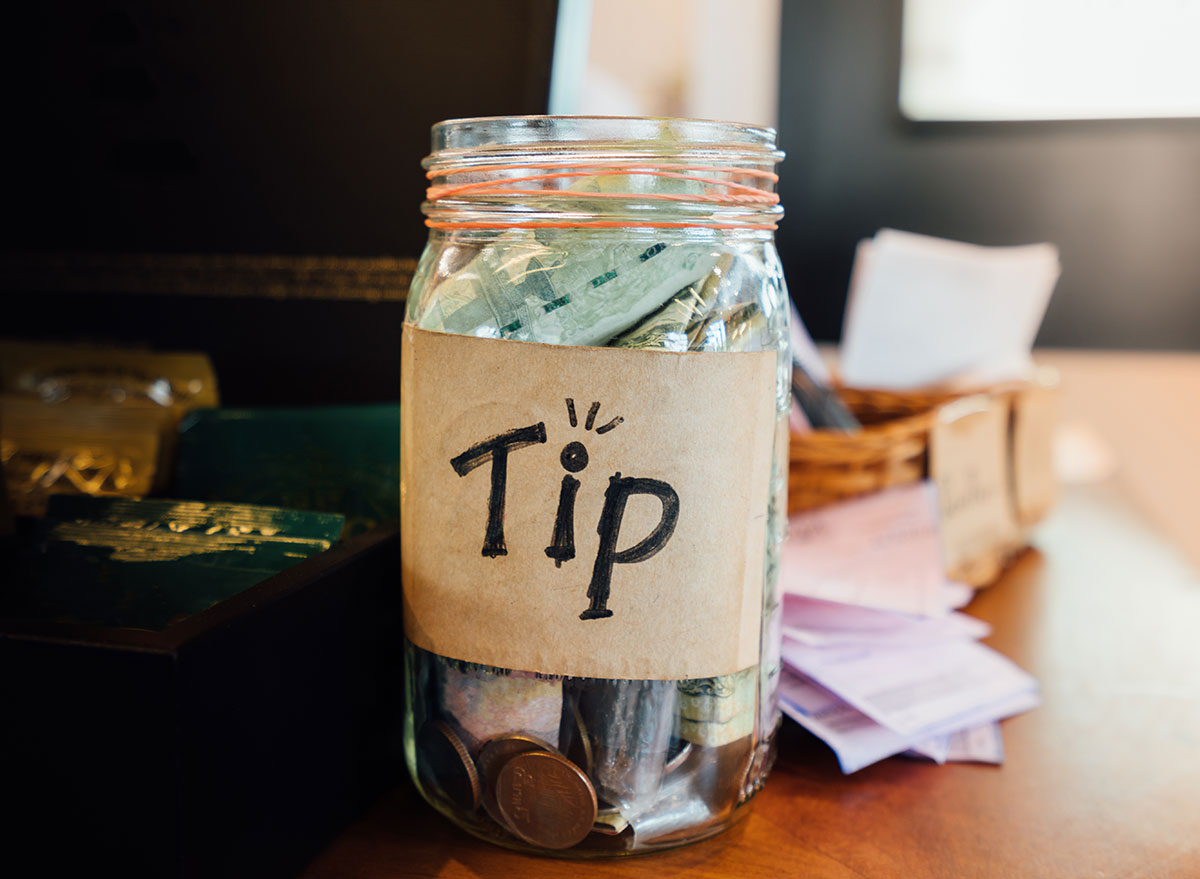53% of Consumers Are Uncomfortable Tipping at Fast-Food Restaurants

Tipping—the very thought of it—can cause anxiety in some people. How much is enough? How much is too much? Do I really need to tip for a basic cup of coffee? While most of us are used to tipping 15 to 20% at a sit-down restaurant or tossing in a buck or two at Starbucks for a fancy Frappuccino, many would balk at tipping a worker at McDonald's or Burger King or adding 20% at Chipotle or Five Guys. But it seems that digital tipping is becoming the norm everywhere, and fast-food chains could be next.
This week on a podcast called "A Deeper Dive," Robert Byrne, director of consumer and industry insights of Technomic, and Restaurant Business Editor-in-Chief Jonathan Maze discussed the finding of a survey that explained where customers fall in the tipping debate. Turns out, a majority of those surveyed had some hesitation about tipping at these limited service locations: 33% thought that fast food restaurants should not ask customers to tip at all; 10% admitted to not liking it, but will tip anyway; 10% said they didn't mind being prompted, but they will not tip. That leaves less than half that are okay with the practice.
In the past few weeks, Starbucks employees and customers in particular have expressed differing opinions of the company's new digital tipping initiative, which asks the customer to add a dollar or two before the transaction can be completed. Some are outraged, others are disinterested, and others are happy to help.
In the podcast, Byrne bets that the real issue many consumers find jarring is the default 20-25% tip at a fast food or fast-casual restaurant. While that percentage is not a lot on a $5 check (about $1), it looks excessive to ask for a 25% tip on a fast-food or fast-casual check. He calls it a mistake to ask for the percentages. He suggests rounding up might make more sense as opposed to presenting a percentage tip option.
Maze agreed that the tipping process might be a little too confusing. Fast-food transactions are supposed to be quick and the tipping question adds another layer that customers don't want. They don't even want to have to think about whether a tip makes sense in that case. Byrne agreed, when you go to McDonald's or Burger King, you aren't spending time with the person getting your food. In fact, most of the interaction could be through an electronic device. In that case, 20% just doesn't make sense, said Maze.
Plus, while an extra 20% on a $5 Starbucks or $10 McDonald's order is not a large amount, in the case of some fast-casuals, the tip percentage option could especially anger customers buying for a family. His example is a recent $74 bill at Five Guys, which does not warrant a 20% tip. In that case, a $1-2 is more appropriate; $14 is just outrageous. In the end, said Byrne, each restaurant needs to decide for itself what sort of tipping makes sense, because digital tipping should be accessible, but it could scare customers away.
Our own reader survey on Facebook found the same thing as RBI's survey. People were split on the practice, with many saying it depends on the service, the context, and what the restaurant is asking for—i.e., a percentage or a few bucks. "I do not like 'tip demanding' that starts at 18% nor having the tip amount be the total that includes tax. It needs to be sub-total," wrote one. Another was more direct: "Hell no! Same for coffee shops. If I'm not sitting down while you are actually cooking a meal and bringing it to me? You don't get tipped 'just because.'" Of course, some people had the opposite sentiment: "If allowed by [the] company, I always tip," said one user, in contrast to another, whose policy varies: "If I want to tip I tip, if not then I don't." Hard to argue with that logic.









